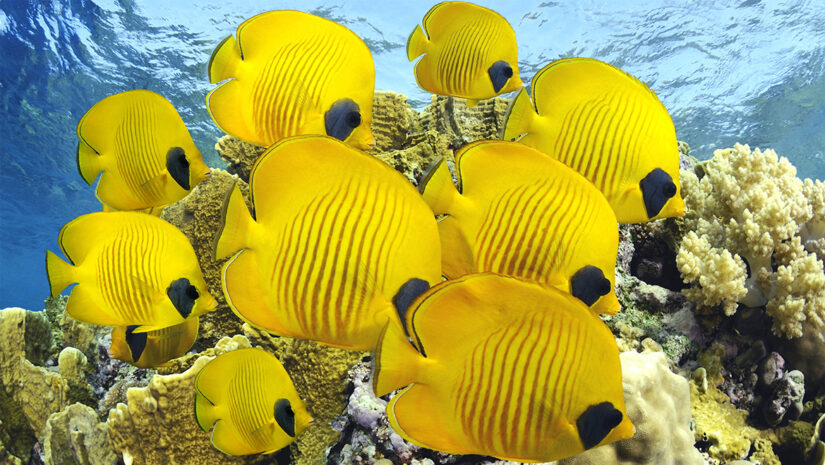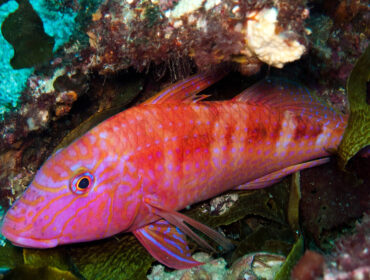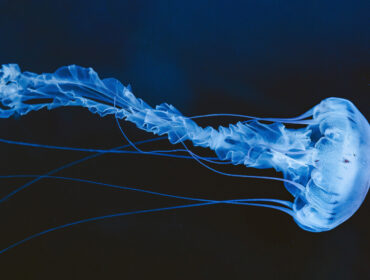Fish Fins
Fins are one of the most distinctive features of a fish and appear in several different forms. Each fin of a fish aids in its maneuverability and the ability to swim. Understanding the types of fins makes it easier for scuba divers or snorkelers to identify the variety of fish if they need to look up their sightings after the dive. The five prominent fins on a fish are commonly described in fish Identification.
- Pectoral
- Dorsal
- Pelvic
- Caudal
- Anal
Dorsal Fins
Dorsal fins are located on the back of the top of the fish and aid the fish in sharp turns or stops and assist the fish in rolling. Fish may have up to three distinct dorsal fins, known as proximal, middle, and distal dorsal fins. However, several fish have just two dorsal fins with fused middle and distal fins.
The types of Doral fins are:
- Single
- Split
- Pointed
- Trigger
- Spine Triangular
- Trailing
Tail Fin or Caudal fin
The Caudal fin or Tail fin is the primary fin of the fish that gives it forward propulsion and speed. For fish identification, the type of Caudal fin is used to distinguish one type from another. The main types of Caudal fins found in bony fish are:
- Indented
- Round
- Square
- Forked
- Lunate
- Pointed
Ventral or Pelvic Fins
The pair of ventral or pelvic fins on the bottom front of the fish help stabilize and slow down the fish or stop it quickly. The fins also help the fish move upwards and downwards through the water.
Anal Fin
The Anal fin supports the dorsal fins by providing the fish with more stability in the water, controlling the rolling motion.
Pectoral Fin
Like the ailerons in an aircraft’s wings, the pectoral fins on either side of the fish help it turn left or right and provide support while swimming.
Finlets or Scutes
Finlets are small fins located between the dorsal fin and the tail of the fish or also between the anal fins and the tail of the fish. These finlets are found on fast-swimming fish like tuna and are said to aid in the speed of the fish by cutting through the water.




